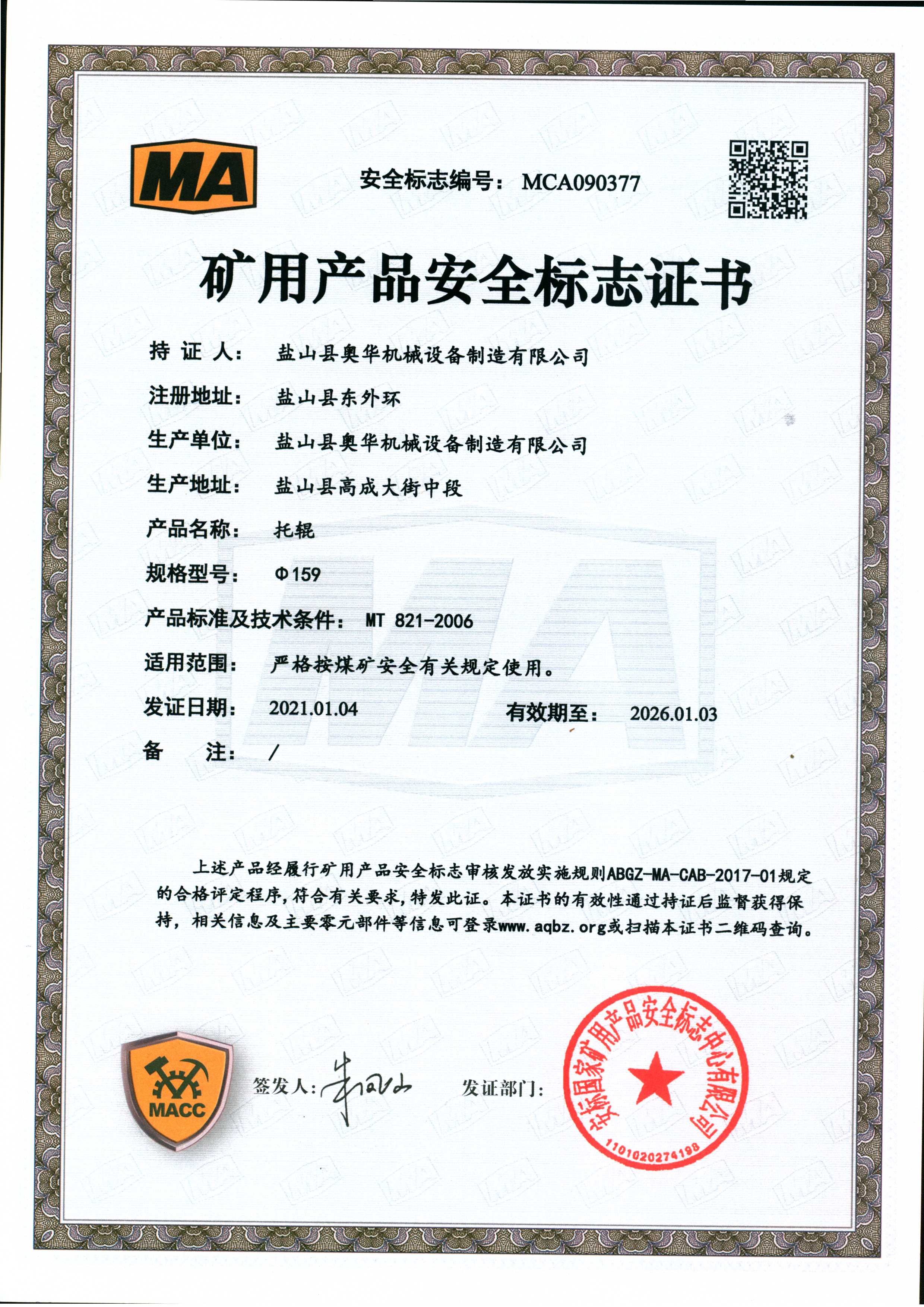 Afrikaans
Afrikaans  Albanian
Albanian  Amharic
Amharic  Arabic
Arabic  Armenian
Armenian  Azerbaijani
Azerbaijani  Basque
Basque  Belarusian
Belarusian  Bengali
Bengali  Bosnian
Bosnian  Bulgarian
Bulgarian  Catalan
Catalan  Cebuano
Cebuano  Corsican
Corsican  Croatian
Croatian  Czech
Czech  Danish
Danish  Dutch
Dutch  English
English  Esperanto
Esperanto  Estonian
Estonian  Finnish
Finnish  French
French  Frisian
Frisian  Galician
Galician  Georgian
Georgian  German
German  Greek
Greek  Gujarati
Gujarati  Haitian Creole
Haitian Creole  hausa
hausa  hawaiian
hawaiian  Hebrew
Hebrew  Hindi
Hindi  Miao
Miao  Hungarian
Hungarian  Icelandic
Icelandic  igbo
igbo  Indonesian
Indonesian  irish
irish  Italian
Italian  Japanese
Japanese  Javanese
Javanese  Kannada
Kannada  kazakh
kazakh  Khmer
Khmer  Rwandese
Rwandese  Korean
Korean  Kurdish
Kurdish  Kyrgyz
Kyrgyz  Lao
Lao  Latin
Latin  Latvian
Latvian  Lithuanian
Lithuanian  Luxembourgish
Luxembourgish  Macedonian
Macedonian  Malgashi
Malgashi  Malay
Malay  Malayalam
Malayalam  Maltese
Maltese  Maori
Maori  Marathi
Marathi  Mongolian
Mongolian  Myanmar
Myanmar  Nepali
Nepali  Norwegian
Norwegian  Norwegian
Norwegian  Occitan
Occitan  Pashto
Pashto  Persian
Persian  Polish
Polish  Portuguese
Portuguese  Punjabi
Punjabi  Romanian
Romanian  Russian
Russian  Samoan
Samoan  Scottish Gaelic
Scottish Gaelic  Serbian
Serbian  Sesotho
Sesotho  Shona
Shona  Sindhi
Sindhi  Sinhala
Sinhala  Slovak
Slovak  Slovenian
Slovenian  Somali
Somali  Spanish
Spanish  Sundanese
Sundanese  Swahili
Swahili  Swedish
Swedish  Tagalog
Tagalog  Tajik
Tajik  Tamil
Tamil  Tatar
Tatar  Telugu
Telugu  Thai
Thai  Turkish
Turkish  Turkmen
Turkmen  Ukrainian
Ukrainian  Urdu
Urdu  Uighur
Uighur  Uzbek
Uzbek  Vietnamese
Vietnamese  Welsh
Welsh  Bantu
Bantu  Yiddish
Yiddish  Yoruba
Yoruba  Zulu
Zulu High-Quality Concave Guide Rollers for Efficient Material Handling
The Importance of Concave Guide Rollers in Modern Machinery
Concave guide rollers are integral components utilized in various industrial applications, serving as a fundamental part of machinery designed for material handling and transportation. These uniquely designed rollers enhance the efficiency and effectiveness of operations in sectors ranging from manufacturing to logistics. Understanding the significance of concave guide rollers, their applications, and benefits provides insight into their essential role in modern machinery.
At the core of their design, concave guide rollers feature a curved surface that facilitates smoother movement of materials along conveyor systems and machinery. This curvature ensures that objects are maintained in a stable position, reducing the likelihood of misalignment or unwanted shifting during transit. The superior design offers minimal friction and wear, which translates to a longer lifespan for both the rollers and the materials they guide.
One of the primary applications of concave guide rollers lies in conveyor systems, where they effectively manage the lateral movement of products. In manufacturing and warehousing, concave guide rollers can be found in assembly lines, where they play a crucial role in maintaining the flow of goods between different stages of production. By stabilizing materials, these rollers enhance productivity and minimize downtime caused by jamming or misaligned goods.
concave guide roller

Moreover, concave guide rollers are highly beneficial in the metalworking industry. They are employed in processes such as shearing, rolling, and bending, where maintaining the proper alignment of metal sheets and components is essential. The concave shape helps to secure these materials, ensuring precision cuts and uniform shapes. This accuracy not only improves the quality of the final products but also enhances safety, minimizing the risk of accidents stemming from misaligned materials.
In the context of logistics, concave guide rollers support efficient loading and unloading of goods. They assist in smoothly guiding packages onto and off conveyor belts, reducing the manual labor required and increasing operational efficiency. Additionally, they are beneficial in automated systems, where speed and precision are paramount. The adaptability of concave guide rollers makes them suitable for a diverse range of applications, from heavy industrial use to light-scale operations.
The benefits of concave guide rollers extend beyond mere operational efficiency. They contribute to the overall safety of machinery and workplaces. By ensuring proper alignment and reducing the possibility of equipment failure, these rollers help to create a safer working environment for employees. Reduced noise levels, lower energy consumption, and decreased wear and tear on machinery are additional advantages attributed to their use.
In summary, concave guide rollers are vital components that enhance the performance of various machinery across multiple industries. Their ability to stabilize materials, reduce friction, and improve efficiency makes them indispensable in modern manufacturing and logistics operations. As industries continue to evolve, the importance of such innovative components will only grow, highlighting the need for ongoing investment in technology that ensures operational excellence. Integrating concave guide rollers into machinery not only boosts productivity but also fosters a culture of safety and reliability in industrial processes.
-
Revolutionizing Conveyor Reliability with Advanced Rubber Lagging PulleysNewsJul.22,2025
-
Powering Precision and Durability with Expert Manufacturers of Conveyor ComponentsNewsJul.22,2025
-
Optimizing Conveyor Systems with Advanced Conveyor AccessoriesNewsJul.22,2025
-
Maximize Conveyor Efficiency with Quality Conveyor Idler PulleysNewsJul.22,2025
-
Future-Proof Your Conveyor System with High-Performance Polyurethane RollerNewsJul.22,2025
-
Driving Efficiency Forward with Quality Idlers and RollersNewsJul.22,2025





























